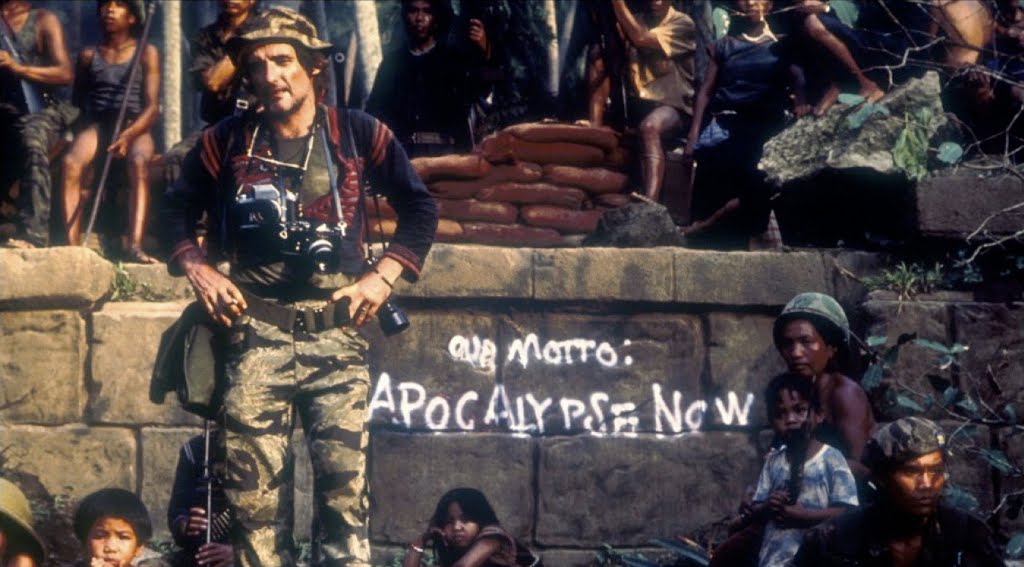Side Effects
Taken as a movie, Side Effects takes a straightforward, very specifically 80s thriller/horror plot (Soderbergh cites Fatal Attraction as his primary influence, but Body Heat and Schrader's Cat People are distantly in its lineage) and outfits it with a moral/political dilemma audiences today can't help but recognize. Anybody with even a hint of awareness about the modern pharmaceutical industry will know the score as soon as the film starts, but the film exists beyond the big-pharma milieu. He's boldly of the moment in his craft, what with his up-to-the-minute digital equipment and tackling time-sensitive bird flu or pharmaceutical intrigue, but stylistically he's outside of time. Soderbergh doesn't make message movies; he makes genre films that can't function without subtext. He understands that if, for instance, you make a movie about male strippers you cannot help but mention the fact that it's an economic neccesity and that most anyone who falls into the line of work is using it as a placeholder. But for cinephiles, the reason to watch a Soderbergh film is because he acts as his own cinematographer and thus has a very intimate relationship to the image. Everything you see is at the forefront of how films can present familiar things. He's been taking advantage of new digital cameras to help reframe cinematic convention and things as basic as architecture and conversation. No one in modern American film, and certainly no one dealing with name actors like Channing Tatum, Jude Law and Catherine Zeta- Jones and product that will play multiplexes, takes the risks he does. He pushes his actors to far corners of the screen, he puts their faces in near total darkness while the backgrounds light up. Ignatiy Vishnevetsky called Magic Mike abstract, but I think it's something more purposeful. He uses the modern world as if it were a studio set from the 50s, and treats faces and bodies like pillars in a building plan. His films would be just at home in a museum, surrounded by beautiful, alienating white walls, treating this form of digital painting as a tool worth admiring on its own. From the deep greens and reds of Haywire to the pale gold of Magic Mike, he's inventing or building alongside camera innovation, testing the limits of lighting for digital, a format that lets him get away with murder, and framing in genre fare; what shapes and angles he can get away with before it becomes 'art' in the public's mind - Girlfriend Experience on one side, Side Effects on the other. Long after the issues in the film change, it will still be a fascinating and timeless look at a director with no real peers. He uses light like only Michael Mann before him (David Fincher uses darkness in the same way), works at a rate practically unique to Americans (Japanese director Takashi Miike, South Korea's Hong Sang-Soo and Brit Michael Winterbottom are his only competition), and none of his films look quite the same. It's only in their relationship to reality, the way that he's presenting the world as it feels, rather than as it looks, that they find commonality.
Subscribe to:
Post Comments (Atom)


No comments:
Post a Comment